The Pioneer PV-7 MSX
The Pioneer PX-7 is a beautifully designed computer with a seperate keyboard and computer unit. The computer itself is instantly recognizable as a Pioneer component. It resembles the design of Pioneer HiFi equipment of that same era.
The PX-7 was designed to work with Pioneers LaserDisc system. The PX-7 had superimpose capabilities, so that the MSX image could be overlaid on the LaserDisc video, creating stunning effects in video games that were truly unparalleled for the time.
Two different designs were produced, the PX-V7, which had a silver case and lilac keyboard keys, and the PV-7BK, a black version of the same machine.

The MSX Computer Standard
MSX was announced by Microsoft and the ASCII Corporation on June 16th 1983. It was marketed by Kasuhiko Nishi, who was Vice-President at Microsoft and a director at the ASCII Corporation. MSX was an attempt to create a hardware and software standard among various home computers, similar to what VHS had accomplished for the Home Video market.
The MSX Standard defines specifications for:- CPU and Memory
- Video Output hardware
- Audio hardware
- Cassette and Disk drives
- Keyboard, mouse and joysticks
- Expansion and I/O ports
The standard became a success in Japan, with many big software houses such as Konami creating games for it. Outside of Japan, the adoption rate was low. In the USA, Microsoft actively pushed the PC compatibles, since they sold the operating system for it, and in Europe the MSX computers had stiff competition from Commodore and Atari. The Netherlands and Spain have the highest rates of MSX users in Europe.
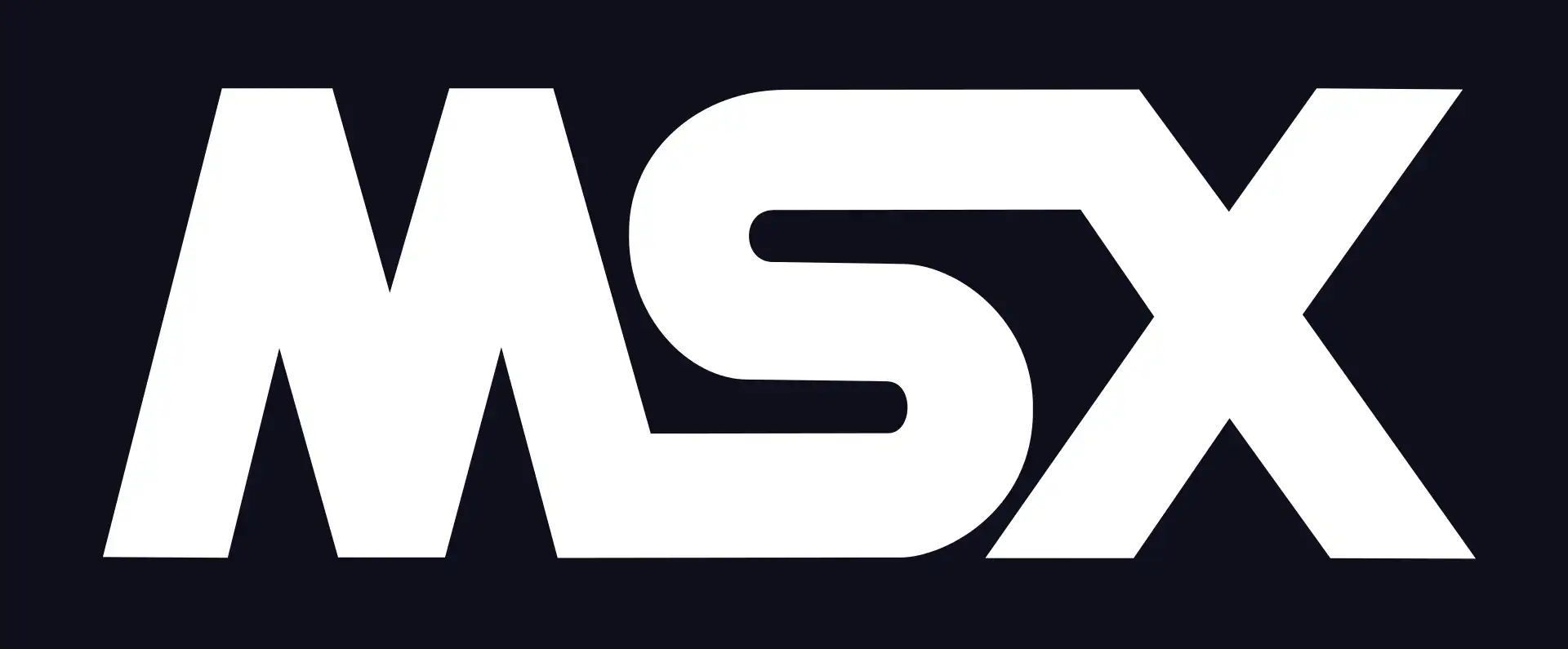
MSX Cassette Pin Layout
The MSX Standard calls for all MSX computers to have a standard data-cassette port. This port transports the audio-in/out signals to and from the datarecorder and the computer has a relay-switch on board to turn the recorder on and off.
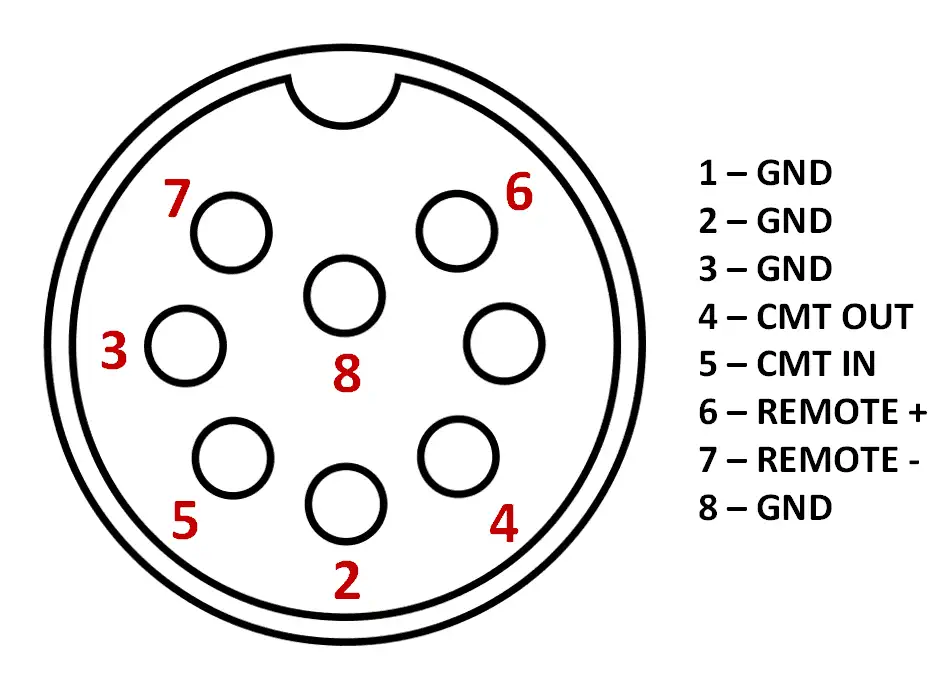
MSX Cartridge Connector
The MSX Cartridge system uses a 50-pin flat-edge connector to connect to the systems expansion bus. The cartridge slot maps into one of the main- or sub-slots.
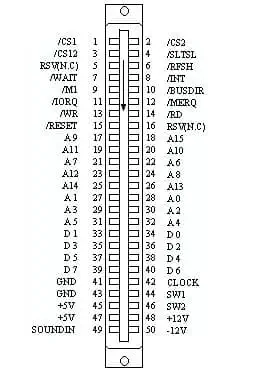
MSX Joystick Connector
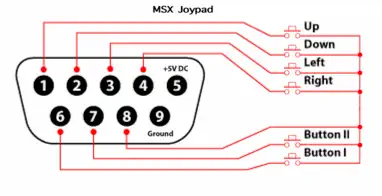
CPU View - Zilog Z80 Family
The Z80 quickly became popular in the personal computer market, with many early personal computers, such as the TRS-80 and Sinclair ZX80, using the Z80 as their central processing unit (CPU). It was also widely used in home computers, such as the MSX range, SORD, and the Amstrad CPC, as well as in many arcade games. Additionally, it was also used in other applications such as industrial control systems, and embedded systems. The Z80 was widely used until the mid-1980s, when it was gradually replaced by newer microprocessors such as the Intel 80286 and the Motorola 68000.
The Z80 microprocessor was developed by Zilog, a company founded by Federico Faggin in 1974. The Z80 was released in July 1976, as a successor to the Intel 8080. It was designed to be fully compatible with the 8080, but also included new features such as an improved instruction set, more powerful interrupts, and a more sophisticated memory management system.
The Z80 quickly became popular in the personal computer
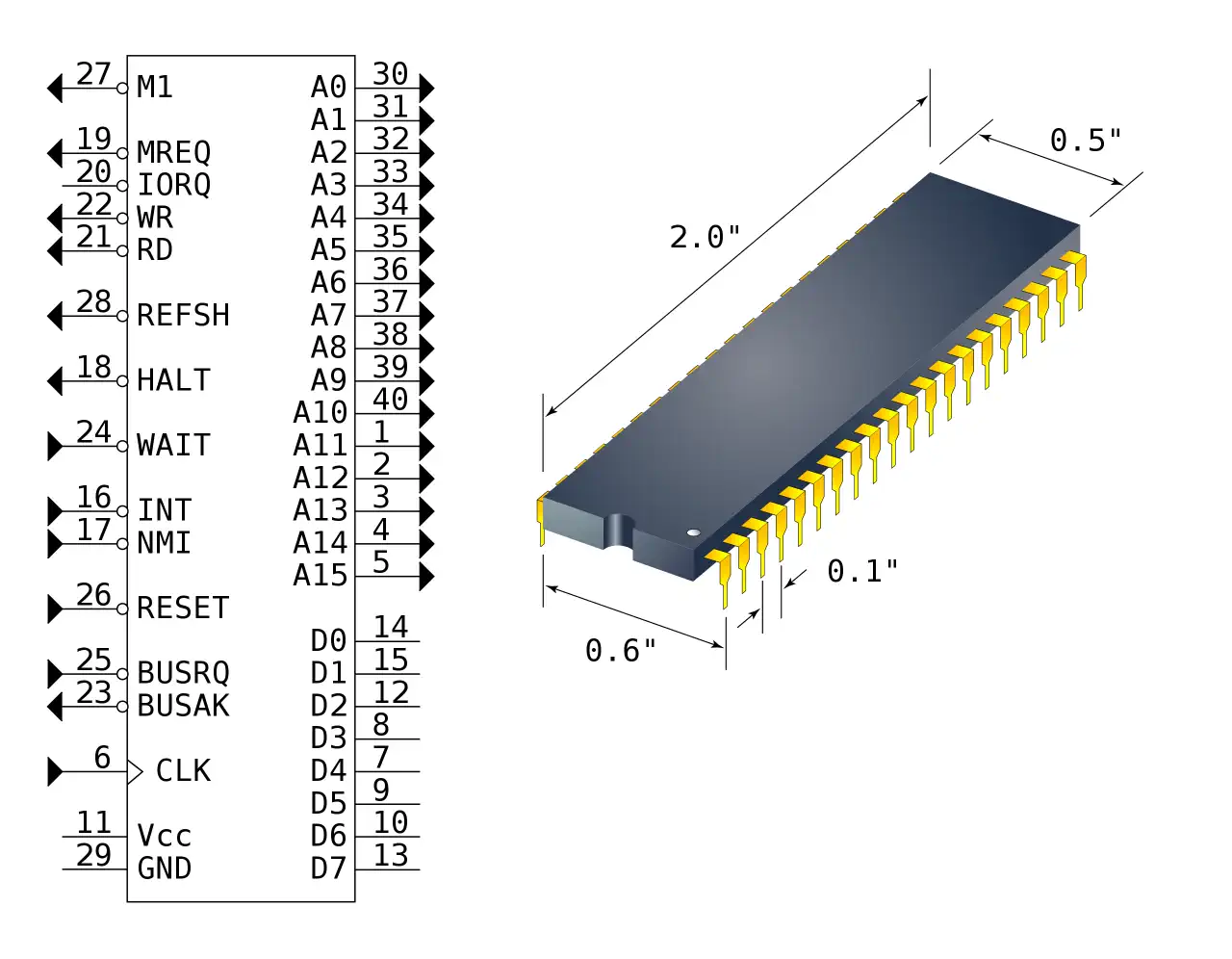
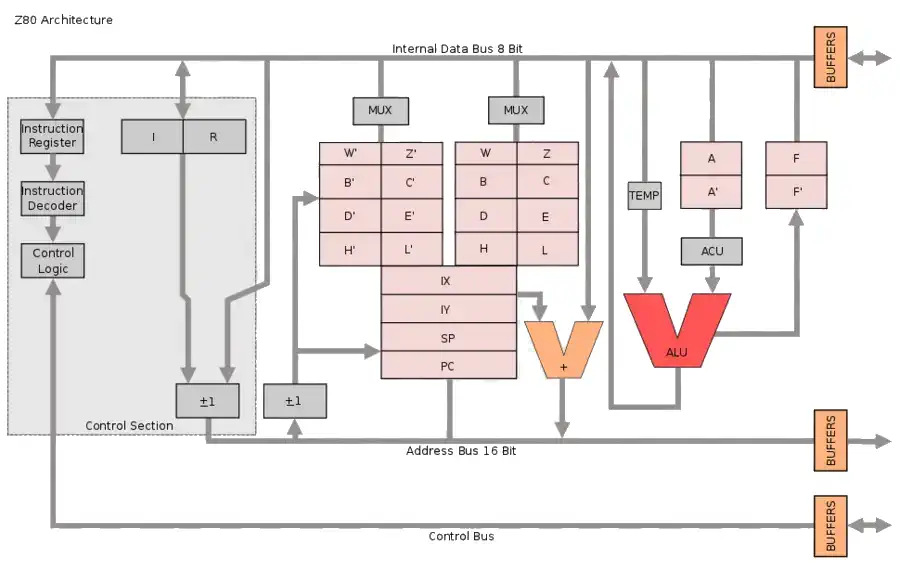
VRAM: 16kB Sound Chip General Instruments AY-3-8910 Programmable Sound Generator Sound 3 wave channels + white noise Display Chip Texas Instruments TMS9918ANL VDP Display 40x24 text
32x24 16 color text, pattern based
256x192 16 color, 2 color per 8 pix. Best Text 40x24 Best Color 16 colors (2 per 8 pixels) Graphics 256x192 in 16 colors Sprites 1 color, 16x16, 4/scanline, 32 total System OS MSX 1 BIOS / MSX BASIC Storage External Tape, ROM cartridges

